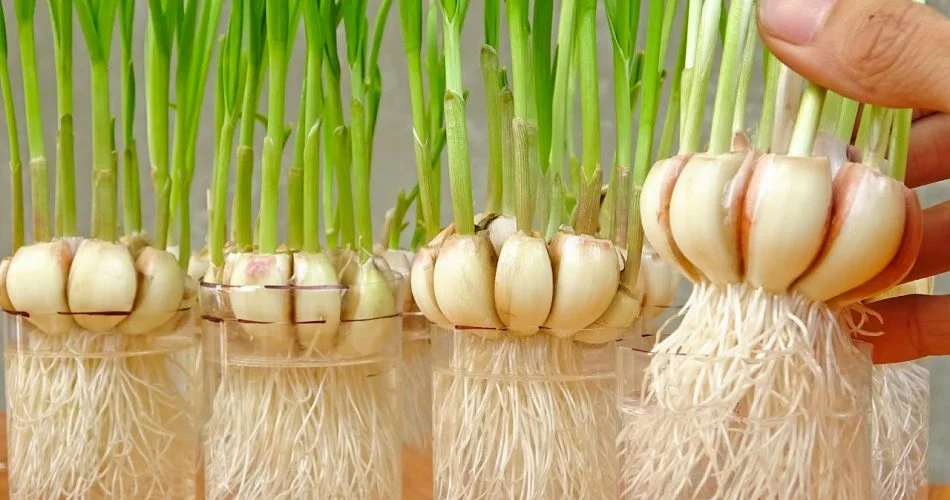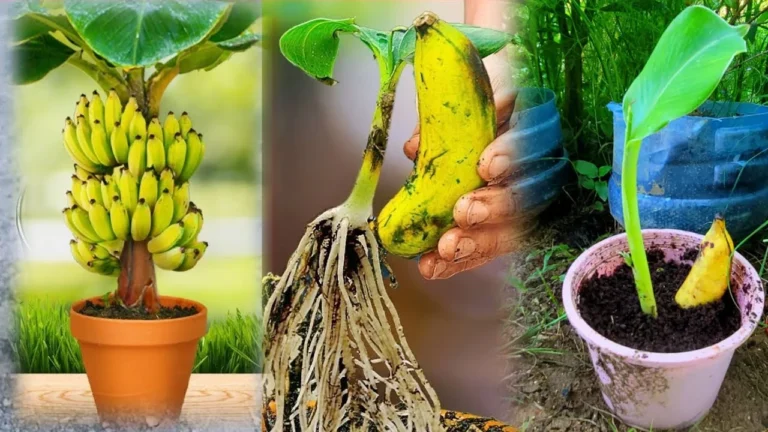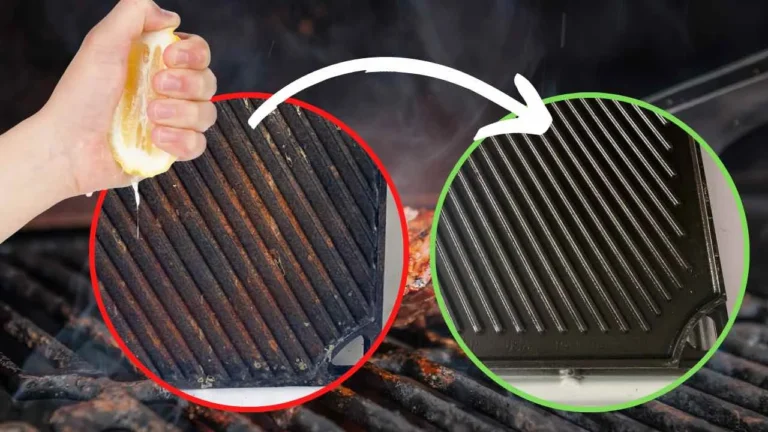5 garlic growing tips you can’t miss
Just like onions, garlic is a cool climate crop. Garlic needs cold because the bulb must divide into cloves and sometimes cause cell division. However, the best time for sowing is late autumn or early winter, about 2 weeks before the first frost.
These are the 5 tips for growing garlic not to be missed:
1. PLANTING GARLIC SEEDS
The germination rate of domestic garlic seeds is extremely low. In fact, sterile seeds of most varieties exist because, due to thousands of years of selection for different traits that affect fertility, almost all garlic is propagated from cloves.
2. PLANTING ACCORDING TO WINTER CLIMATE
You need to start with solid globules and then divide them into individual wedges. Plant the largest and most useful carnations, one for each clove, with the root pointing downwards. If a mild winter is expected, one centimeter of depth is sufficient; in regions with harsh winters, plant them 2 to 4 inches deep. Caution: It’s best to get seed garlic, as it’s called, from a nearby source, otherwise it may take 2-3 years for it to acclimate to your atmosphere.
3. PLANTING GARLIC IN GARLIC BEDS FOR NATURAL MULCH
Garlic growth lends itself well to mulching. Here’s a quick case, especially suited to regions with harsher winters: sow oats in your garlic beds in late August or early September. When it’s time to plant the garlic, cut the oats to plant the cloves. Garlic plants will have no problem passing through oat cover. The oats should set back the bucket when they freeze and frame a successful dead mulch. Otherwise, the garlic yield will be lower, as the oats will retain some of the water and nutritional supplements that the garlic would otherwise use.
4. REMOVE THE RING TO MAINTAIN THE SIZE OF THE GARLIC
Most garlic plants end up producing a woody flowering stem called a scape. It is necessary to cut or break it so that the plant does not waste vitality on it, since the improvement of the scape affects the width of the knob. When eliminating bachelors, be sure to do it on a sunny day, so that the wounds dry quickly. Also, don’t throw the bachelors on the dunghill: if you take them when they are still tender, they are incredible for sautéing or pesto. On commercial farms they sell for 1-3 dollars per kilo.
5. GARLIC PLANTS DO NOT SURVIVE
Another thing: to encourage the development of garlic, it is good to use a compost with a high phosphorus content, such as bat guano or fish meal. However, don’t prepare it too much or it will become too green and the buttons won’t be as big as you want.






